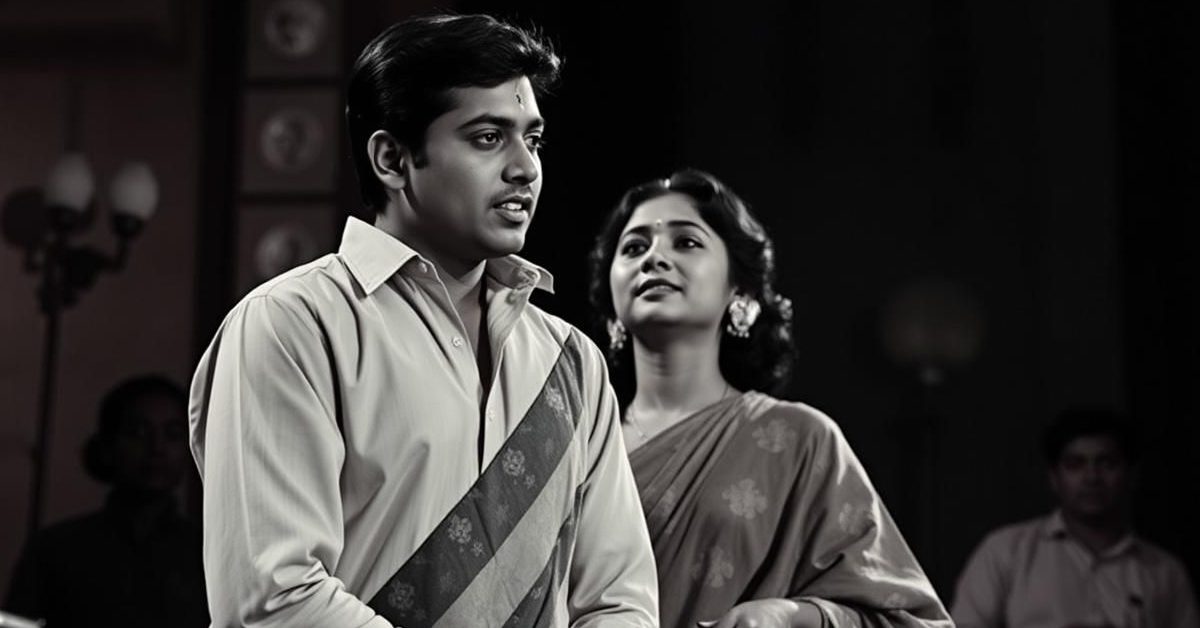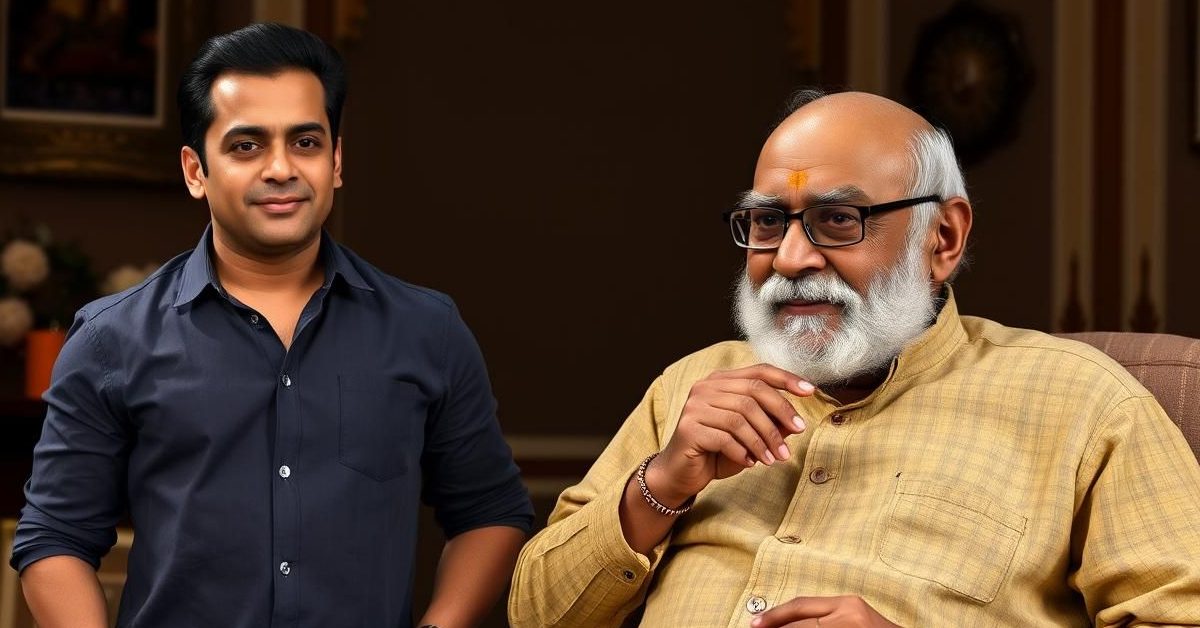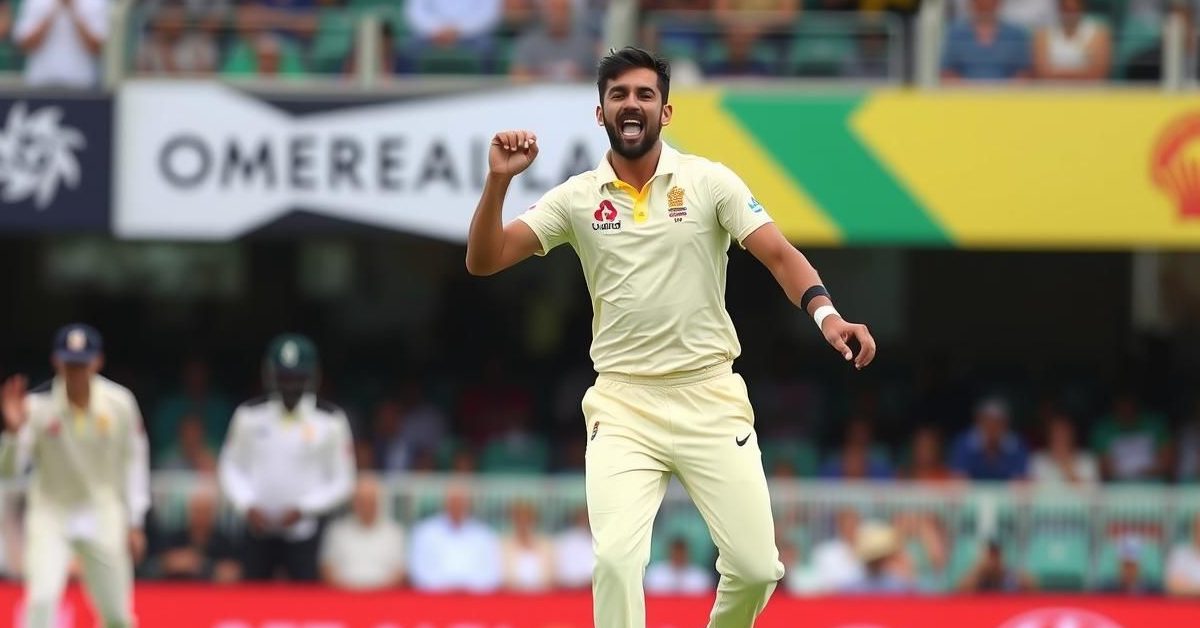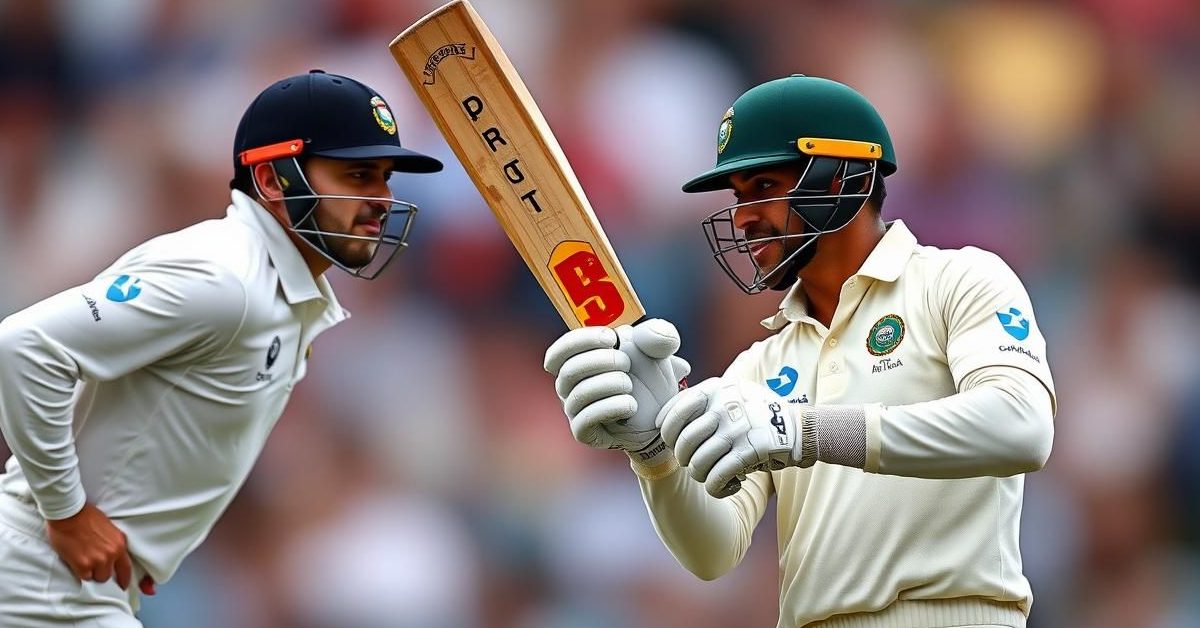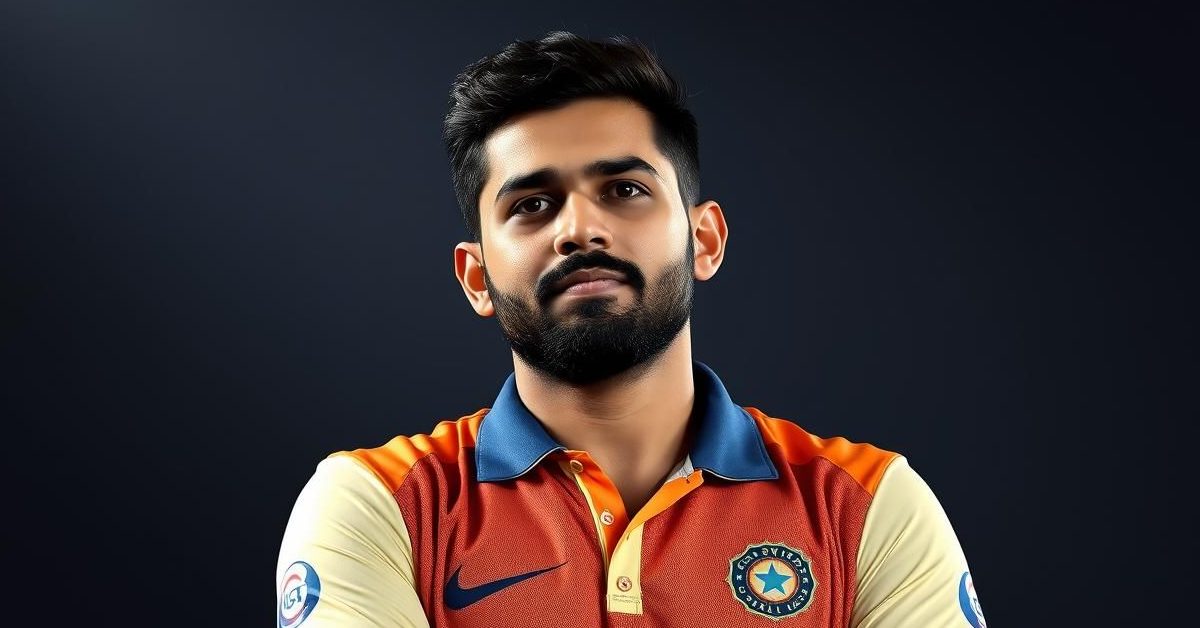R.D. Burman’s Poignant Swan Song: The Unseen Struggles Behind 1942 A Love Story
From the tender romance of “Chura Liya Hai Tumne Jo Dil Ko” to the intoxicating rhythm of “Dum Maaro Dum,” and the playful whimsy of “Lakdi Ki Kathi,” the tapestry of Hindi film music is woven with countless iconic melodies. Each note, each beat, often carries the indelible signature of one man: Rahul Dev Burman, affectionately known as Pancham. A titan of composition, his versatility was legendary, yet his sound remained uniquely his own, setting him apart in the vibrant landscape of 1970s Bollywood. While his genius was undeniable for decades, it was his final, heart-wrenching masterpiece, 1942 A Love Story, that cemented his mythic status, a legacy tragically realized only after his passing.
From Apex to Abyss: The Mid-80s Decline of a Maestro
Pancham’s golden era, marked by albums like Amar Prem (“Chingari Koi Bhadke”), Sholay (“Yeh Dosti Hum Nahi Todenge”), and Aandhi (“Tere Bina Zindagi Se Koi”), showcased his unparalleled brilliance. However, as the 1980s progressed, Hindi cinema itself entered a period of creative stagnation, a challenging time for even the most celebrated artists. R.D. Burman was no exception. Despite flashes of his former glory, like the soulful “Tujhse Naraz Nahi Zindagi” from Masoom, the steady stream of box office failures began to erode his confidence. He started internalizing the industry’s downturn, openly cataloging his flops in interviews. “After 1985 came a particularly bad patch,” he confided to Filmfare in 1992, “27 films of mine flopped… they did nothing for my career.”
The Gnawing Doubt: A Genius Undermined
The quality of some of his later compositions admittedly faltered, further shaking his self-belief. Lyricist Yogesh Gaur, contributing to Anirudha Bhattacharjee and Balaji Vittal’s book R.D. Burman – The Man, The Music, even suggested that during this phase, decisions were sometimes outsourced to his assistant, Sapan Chakraborty, as Pancham himself would simply say, “Tu dekh le” (You handle it). Director Vidhu Vinod Chopra later observed that Pancham’s internal struggles had made him profoundly “insecure” and “lonely,” losing faith in his extraordinary musical intuition.
Industry’s Cold Shoulder: Betrayal and Isolation
The creative partnerships that once defined Pancham’s career began to dissolve. Directors like Dev Anand (Hare Rama Hare Krishna), Shekhar Kapur (Masoom), and Ramesh Sippy (Sholay) moved on. The sting of betrayal was particularly sharp when filmmaker Subhash Ghai, a prominent figure of the time, unceremoniously dropped Pancham from Ram Lakhan without even a direct word. “Mr. Subhash Ghai didn’t even have the courtesy to tell me this himself,” Pancham lamented in 1992, recounting the profound humiliation. Years later, Pyarelal of the famous Laxmikant-Pyarelal duo shockingly admitted to the authors of R.D. Burman – The Man, The Music, “We told Ghai that if he signed up Pancham, we would not work with him thereafter,” revealing the petty, yet potent, industry politics at play.
A Personal Crisis: Loss, Illness, and Disbelief
Beyond professional setbacks, personal tragedies weighed heavily on Pancham. The sudden demise of Kishore Kumar in 1987, his long-time collaborator and the very voice of many of his most iconic songs, left him feeling profoundly isolated. His health deteriorated, culminating in a heart attack and bypass surgery in London in 1989. As the 1990s dawned, the professional walls closed in further. Major music companies, notably HMV, began to actively avoid associating with him, deeming him a “jinx.” Vidhu Vinod Chopra recalled HMV’s reluctance to back any film with R.D. Burman involved, preferring to bet on “a new horse” rather than a proven “stallion” like Pancham. Yet, through it all, Chopra remained steadfast in his belief.
The Last Hope: 1942 A Love Story Beckons
Having worked with Pancham on Parinda, Vidhu Vinod Chopra sought him out for 1942 A Love Story. Chopra envisioned a musical return to the timeless melodies of S.D. Burman’s era, a standard that had drastically declined in the contemporary music scene. With S.D. Burman long passed, his son, R.D., was the natural, albeit challenging, choice to evoke that very magic. “I wanted to bring back beautiful music, the kind that I loved when I was growing up,” Chopra explained in his book Unscripted, co-authored with Abhijat Joshi.
The Tearful Genesis of “Kuch Na Kaho”
The making of “Kuch Na Kaho,” one of 1942 A Love Story’s most beloved tracks, epitomized Pancham’s fragile state. When Chopra first heard the initial composition, his direct, uncompromising feedback was, “It’s bullsh*t.” Already aware of the music label’s reservations, Pancham was visibly shaken. In his vulnerability, he offered to step aside, convinced that the classic sound Chopra desired “wouldn’t sell.” Chopra, however, vehemently disagreed. “Leave the selling to me. I’m the producer. Just create the music,” he insisted. As Chopra left, he witnessed Pancham in tears, overwhelmed by emotion. The embrace they shared cemented Chopra’s understanding of the composer’s deep insecurity and loneliness. Just weeks later, Pancham presented the version of “Kuch Na Kaho” that would become an immortal classic, captivating Chopra from the very first notes.
A Maestro’s Final Flourish: “Do or Die”
Pancham’s renewed passion for 1942 A Love Story was palpable. Despite a momentary self-doubt about “Ek Ladki Ko Dekha,” where Chopra had to intervene to prevent him from over-revising what was already perfect, his commitment was absolute. Lyricist Javed Akhtar famously characterized the album as Pancham’s “do or die” moment, recalling Pancham’s resolute declaration: “I need to show who I am. Just you wait till the music of the film releases.” Alongside “Kuch Na Kaho” and “Ek Ladki Ko Dekha,” the album birthed other gems like “Rimjhim Rimjhim,” “Rooth Na Jana,” and “Pyaar Hua Chupke Se,” each a testament to his enduring brilliance.
The “Van Gogh Moment”: A Posthumous Triumph
Tragically, R.D. Burman never lived to bask in the glory of 1942 A Love Story’s phenomenal success. He passed away from a heart attack on January 4, 1994, merely three months before the film’s release, at the age of 54. Vidhu Vinod Chopra eloquently described it as Pancham’s “Van Gogh moment,” where the true brilliance of his final work was recognized and adored by millions, including those within the industry who had abandoned him. Lata Mangeshkar, who had a long history of collaborations with him, confided to Subhash K. Jha that Pancham was “very unhappy in his final years.” She went on to record “Kuch Na Kaho” after his passing, honoring his wish to have her voice on the track, even though he had recorded a dummy with Kavita Krishnamurthy.
Decades later, Pancham’s music remains profoundly relevant, experiencing a resurgence through remixes and continued appreciation. Javed Akhtar’s observation rings true: “Earlier, he was merely successful. Now, with more distance, the contours are becoming more visible. Pancham is a milestone in music… He urbanized Hindustani music and brought it closer to world music.” His sound, universal and timeless, continues to inspire and define generations of Hindi film music, a poignant reminder of a genius who, in his darkest hour, composed his most radiant legacy.
